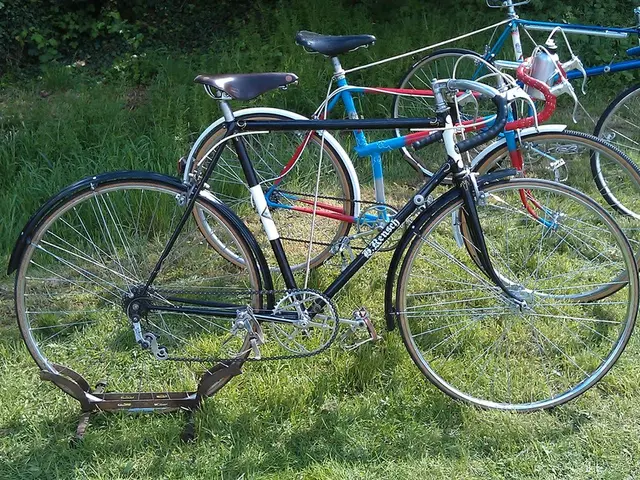Inequality Drives Crime Rates, Says DIW Berlin Researcher Anna Bindler
Economic and social inequality play a significant role in shaping crime rates, according to research by Anna Bindler of the DIW Berlin. Bindler's work focuses on the connections between inequality, employment, and criminal activity.
Bindler's studies reveal that individuals from lower economic backgrounds are more likely to become both victims and perpetrators of crime. This correlation is attributed to the influence of economic status on an individual's likelihood of engaging in or being targeted by criminal behavior.
Economic research, such as Bindler's, explores the incentives and disincentives that may lead individuals to commit crimes. The Deutsches Institut für Wirtschaftsforschung (DIW Berlin), where Bindler is based, is a leading research institute located in Berlin, Germany, dedicated to understanding the German and European economies.
Anna Bindler's research underscores the impact of economic inequality on crime rates. Her work at the DIW Berlin contributes to a broader understanding of the complex relationship between economic status, employment, and criminal behavior.
Read also:
- Crooked House Pub's Demolition: Council Orders Rebuild, Debate on Historic Building Protections
- Shaping India's Economic Progression: Readying the Financial System for Tomorrow
- Conflict between Ben & Jerry's co-founder and Unilever over Gaza issues leads to resignation of co-founder
- Tesla Expands Supercharger Network in Canada by Over 630 Stalls by 2025




